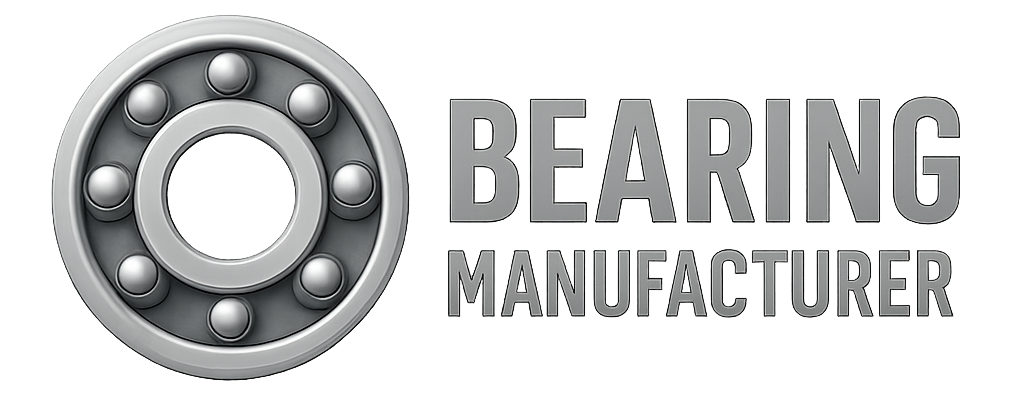Introduction
Ball bearings are fundamental components in countless mechanical systems, minimizing friction and enabling smooth, efficient motion. Among the many bearing types, radial ball bearings and thrust ball bearings are two of the most widely used, each serving different operational purposes.
This guide breaks down their design, load-handling capabilities, applications, and key technical differences to help engineers, maintenance teams, and purchasing managers choose the right bearing for their needs.
Understanding Ball Bearings
Ball bearings are rolling-element bearings that use balls to separate inner and outer races, reducing friction and enabling smooth rotation.
Key components include:
-
Inner ring – Fits onto the rotating shaft.
-
Outer ring – Fits into the housing.
-
Cage (retainer) – Evenly spaces the balls.
-
Rolling elements (balls) – Reduce contact friction between rings.
Different bearing types—such as radial and thrust ball bearings—modify these basic elements to optimize performance for specific load directions.
Radial Ball Bearings (Deep Groove Ball Bearings)
-
Primary load type: Radial (perpendicular to the shaft).
-
Secondary load capability: Limited axial (parallel to the shaft).
-
Design: Deep grooves in the inner and outer raceways allow stable ball movement and high radial load capacity.
-
Applications: Electric motors, gearboxes, conveyor systems, household appliances, skateboards, washing machines.
-
Advantages: Versatile, compact, capable of moderate axial load support.
-
Limitations: Not ideal for high axial load applications.
Thrust Ball Bearings
-
Primary load type: Axial (parallel to the shaft).
-
Radial load capability: None—cannot withstand significant radial forces.
-
Design: Consists of two race washers (shaft washer and housing washer) and a ball set in between. The housing washer remains stationary, while the shaft washer rotates.
-
Applications: Automotive clutches, vertical shafts, drilling equipment, precision instruments requiring axial stability.
-
Advantages: High axial load capacity and stability in one direction.
-
Limitations: No radial load support; limited operating speed compared to radial ball bearings.
Radial vs. Thrust: Load Direction and Contact Angle
| Feature | Radial Ball Bearing | Thrust Ball Bearing |
|---|---|---|
| Load type | Radial + limited axial | Axial only |
| Contact angle | ~0° | ~90° |
| Speed capability | High | Moderate |
| Typical applications | Motors, conveyors, gearboxes | Clutches, vertical shafts, drilling rigs |
The contact angle—formed between the load line and the bearing axis—determines how forces are distributed through the bearing.
Materials, Lubrication, and Maintenance
-
Materials: Chrome steel for general use; stainless steel for corrosion resistance; ceramic for high-speed, low-friction applications.
-
Lubrication: Grease or oil reduces friction, disperses heat, and prevents corrosion. The choice depends on speed, temperature, and environmental conditions.
-
Maintenance: Periodic inspections, cleaning, and proper relubrication extend service life and prevent premature failure.
Choosing the Right Bearing
When deciding between radial and thrust ball bearings:
-
Determine the primary load direction.
-
Assess speed and operating environment.
-
Consider space constraints and installation requirements.
-
Factor in maintenance accessibility.
Selecting the correct bearing ensures optimal machine performance, reduced downtime, and longer operational life.
Common Misconceptions
-
“All ball bearings are the same” – False. Design differences affect load type, capacity, and application suitability.
-
“Larger bearings always handle more load” – Not necessarily. Material, design, and load direction are equally important.
Conclusion
Radial and thrust ball bearings are designed for fundamentally different load conditions. Radial ball bearings excel in high-speed, mixed-load environments, while thrust ball bearings are ideal for high axial loads with minimal radial forces. By matching bearing type to load direction and operating conditions, engineers and purchasing managers can ensure efficient, long-lasting machine performance.
